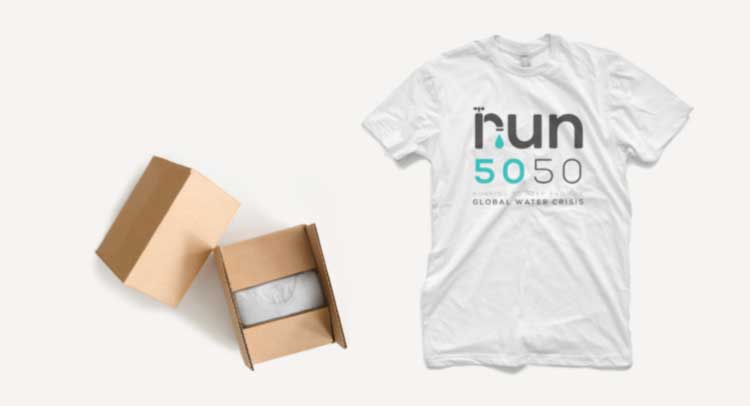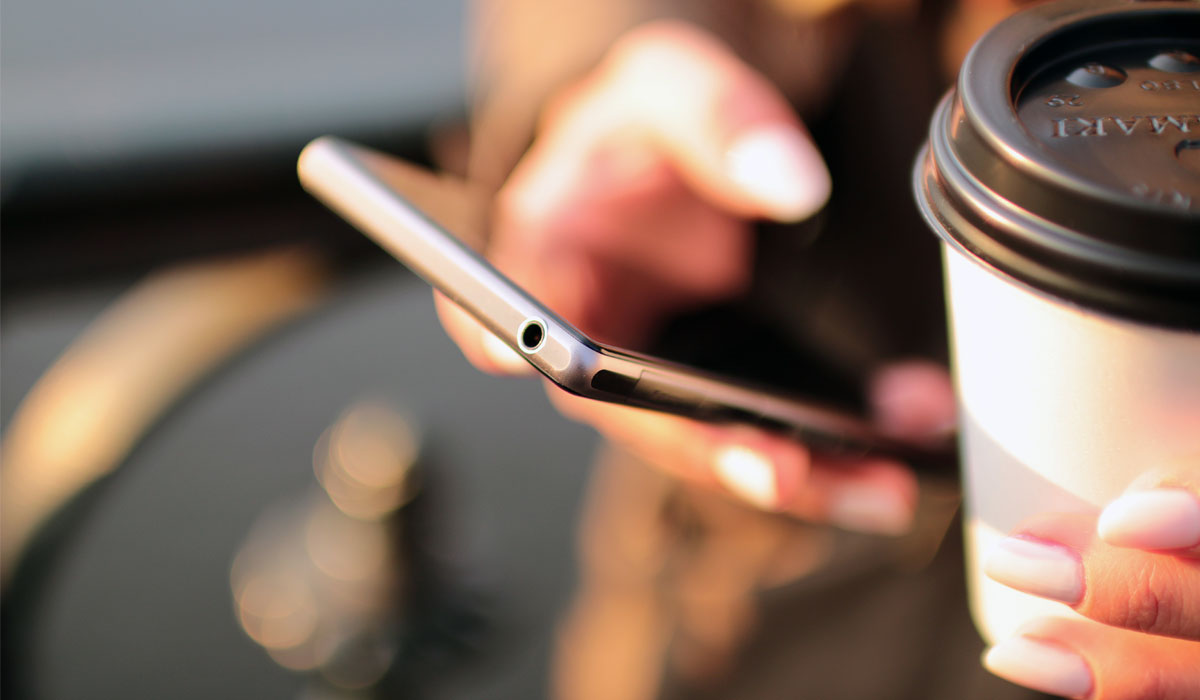5 Fundraising Incentives That Activate Supporters

Your team works hard to keep its fundraising software up-to-date, its team prepared, and its social media strategies perfectly refined, but what if donors simply aren’t motivated to get involved? Few nonprofit organizations have donor engagement down to an exact science, but one thing is always certain; providing incentives is a surefire way to boost donations and engagement for any fundraising campaign.
Fundraising incentives are essentially any perk you can offer supporters to encourage them to make a donation. They might include physical products, special offers, or unique opportunities, but any great fundraising incentive essentially serves to reaffirm your relationship with your donors. Think of them as a way to show your gratitude, not simply to entice more donations.
If your nonprofit has hit a fundraising slump or is seeking to grow its supporter base, offering fundraising incentives in your campaigns is a foolproof move. To help you meet your fundraising goals, you can use five different categories of nonprofit fundraising incentives:
- Fundraising merchandise
- Action and involvement
- Special event perks
- Direct recognition
- Organic relationships
These five fundraising incentives are powerful building blocks for developing engagement strategies that will last. Take note of the examples and resources outlined here; one of them might spur your next big fundraising breakthrough.
1. Offer Fundraising Merchandise
What’s the first thing you think of when brainstorming ways to incentivize donations? Physically giving a donor something in exchange for their support is the most straightforward way to encourage them to get involved in the first place.
Better yet, offering well-designed merchandise as a fundraising incentive is a perfect way to boost your own brand and raise awareness of your work.
Let’s say your nonprofit organizes an annual 5K or walkathon. The event is popular, but you’re looking to boost event revenue this year and engage more attendants who won’t be running. You need a classic fundraising staple: custom t-shirts.
Creating a simple, attractive design that conveys your message accomplishes two things at once: raising awareness and presenting your supporters (or runners) as a united front. That team spirit goes a long way to inspire your community and get the donations flowing. Here’s an example of the promotional shirt created by the Run5050 charity 5K movement:

Race shirts are a perfect way to incentivize more donations on the day of the big race because they’ll engage multiple types of supporters at once. Think about all the different ways to offer souvenir T-shirts at an event:
- Let runners or walkers design and purchase their own custom team shirts to boost team spirit and raise more money for your cause
- Sell general event T-shirts to non-runners or walkers who still want to celebrate at the finish line
- Create special event shirts to provide as donation rewards, thank-yous, and prizes
- Offer the event t-shirts online in case anyone missed their chance to grab one
ProTip: Consider hosting a crowdfunding-style T-shirt campaign. You can design a custom T-shirt online and share the page with your supporters for them to order their own. Cut right to the chase and offer donors a well-designed product in exchange for their financial support.
2. Offer Action and Involvement
To boost donations and engagement, help supporters feel more directly involved in your fundraising process. Crowdfunding and peer-to-peer fundraising campaigns are among the best ways to incentivize donors with action and involvement.
Social influence and personal involvement are huge motivators for donors. That’s why these campaigns can be perfect for boosting engagement and attracting wider audiences.
Peer-to-peer campaigns are a great opportunity to incorporate incentives that engage your supporters. These tactics require planning in advance, so use this list when strategizing your next campaign:
- Online fundraising challenges and timed contests
- Gamification features to track progress and identify top fundraisers
- Special campaign kick-off and grand finale events
Peer-to-peer fundraising campaigns work because they make it easy to offer incentives at every step in the process. Your passionate volunteers are excited to host campaign pages, and their online networks are motivated to get involved because of that personal link.
Plus, your donor base as a whole will be engaged by all the challenges, products, and events you incorporate along the way
Pro tip: Remember to check out all the features on your nonprofit’s online fundraising platforms. Some overlooked fundraising tools might provide the perfect way to catch your donors’ attention and let them feel more actively involved in your campaign.
Download: Anatomy of a Stellar Crowdfunding Campaign
3. Offer Special Event Perks
Another key way to incentivize donations and increase engagement with your fundraising campaigns is to create and incorporate some exclusive event perks.
Integrated fundraising and event planning tools make it easy to incorporate special benefits into each step your donors take before, during, and after the event. Using event perks to incentivize early online donations and registration will engage them early in the process and ensure that they’ll be even more excited to attend.
Let’s say you’re planning an annual fundraising event for a museum. You could simply plan the event, send invitations to members and donors, and then wait for RSVPs to return. Or you could integrate the event into broader strategies and engage donors with custom options:
- Build up to your annual event with an online campaign. Offer early tickets, raffle vouchers, and special recognition for top fundraisers at the main event. Maybe even use the campaign to provide online donors with early-access registration codes.
- Create exclusive perks for members or donors. One major benefit of creating exclusive perks for members or early donors is that it immediately incentivizes non-members to join.
- Use event planning tools and custom sites to offer ticket tiers and custom options. Maybe the history museum’s donors can choose from Stone Age, Bronze Age, and Iron Age packages, each with different levels of custom seating, food, and drink options.
- Provide engaging or exclusive options during the event. Silent auctions, mobile bidding apps, and text-to-give services will keep attendees engaged (and donations flowing) all night and even after the event.
4. Offer Direct Recognition
Directly recognizing your existing donors, supporters, and volunteers is an excellent way to show your appreciation and demonstrate how much your nonprofit values their continued support.
Even large or national nonprofits should take the time to directly engage with their supporters for a number of reasons, particularly because it reassures them that their support hasn’t gone unnoticed.
Social media is a simple, low-cost way to recognize supporters and turn followers into donors. There are plenty of ways you can use social media platforms to connect with supporters and incentivize continued engagement, including:
- Tag volunteers in photos from events or projects
- Surprise recent donors by directly thanking them on social media
- Post surveys or fun polls to engage followers
- Share beneficiary stories of your work’s impact
- Highlight the success of past campaigns
- Engage in meaningful conversations
This kind of direct recognition and engagement will go a long way to keep your online audiences emotionally invested in your nonprofit’s work.
For capital campaigns, corporate sponsorships, and other large-scale projects, create a designated space to recognize their dedication and support. This kind of public recognition sustains engagement by building a shared legacy. Plus, it inspires others to upgrade their support of your work.
ProTip: Nonprofits of all sizes can incentivize supporters with beautiful plaques, dedications, walls, certificates, and awards. Get creative; building legacy and rewarding loyal donors doesn’t always mean hosting a major ceremony or expensive installation.
5. Offer Organic Relationships
Donor stewardship is an important, wide-reaching way to encourage donations and engagement. Think of it as a strategy for the long-run instead rather than for a single campaign or fundraising season.
This category of fundraising incentive is primarily about the culture of your organization. The way your organization thinks about, engages with, and thanks its entire community can have a major impact on your public perception and donor retention.
Established nonprofits become treasured institutions in their communities by going beyond sending thank-you emails. Consider these strategies for fostering organic relationships and building an inclusive culture that people want to join:
- Recognize your campaign’s heroes. Call out volunteers, sponsors, and anyone who had a great impact on the campaign—not just donors. Check out how Miry’s List thanked its most important supporters at every level.
- Host a special event to celebrate the campaign finale. Invite the entire community and offer special perks to donors, but make sure everyone feels invited and welcome.
- Provide special offers, discounts, and rewards to your social media followers. This makes them feel included in your community even if they can’t attend events in person.
- Fully understand your donor base. Knowing what other causes or groups your donors support can guide your partnerships.
- Show supporters that you value their interest in your mission, not just their money. A strong, positive reputation in the community is an extremely valuable asset and a continuous incentive for general supporters to become committed donors.
Pro Tip: One surefire way to build organic relationships with your donor base is to continually prioritize communication. Offer your supporters plenty of ways to get in touch with your nonprofit and provide campaign feedback. Valuing and acting on their opinions is a huge demonstration of respect.
By remembering the five main types of incentive strategies—merchandise, action, perks, recognition, and relationships—your nonprofit can build an engagement strategy to suit any campaign or goal.
Offering your donors tangible (or intangible) rewards for their support is a surefire way to attract attention and ensure continued engagement. For more ideas on keeping supporters engaged and invested in your organization, check out The Donor Retention Handbook below.
Kevin Penney is the Chief Marketing Officer and co-founder of Bonfire.com, an online platform that’s reinventing how people create, sell, and purchase custom apparel. He has over 10 years experience in digital media, design, and technology and loves solving difficult problems, working closely with the Bonfire Product team, and hockey.

The Donor Retention Handbook



